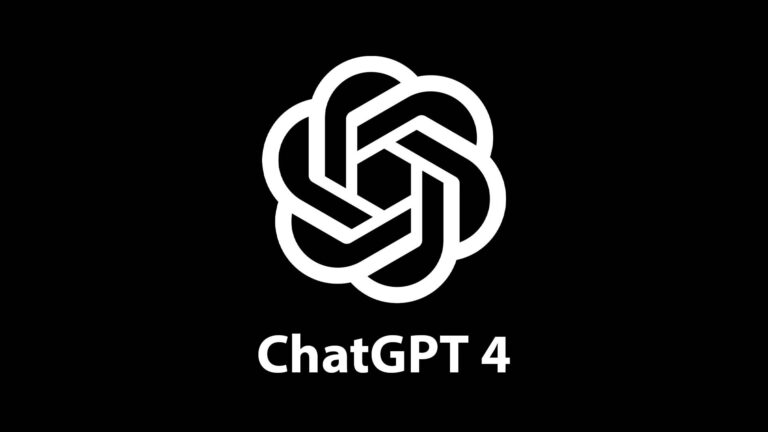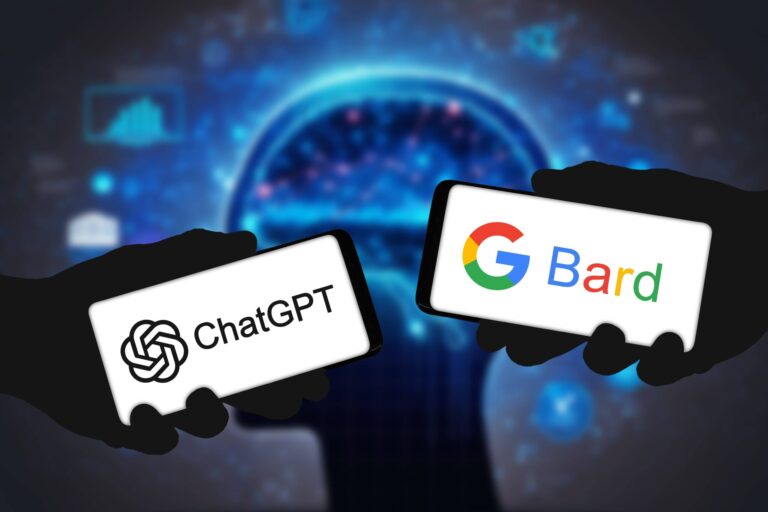Why is ChatGPT So Slow?
The increasing demand for artificial intelligence (AI) tools has been met with great enthusiasm and widespread adoption. One such tool, ChatGPT, developed by OpenAI, has gained significant popularity for its advanced conversational capabilities. However, users have frequently raised concerns about the system’s response times. In this article, we delve into the reasons behind ChatGPT’s occasional sluggishness, examining both technical and external factors.
High Server Demand
ChatGPT‘s impressive capabilities have attracted millions of users worldwide. As the user base grows, the demand on OpenAI’s servers increases exponentially. During peak hours, when numerous users attempt to access the service simultaneously, the servers experience high loads, leading to slower response times. This surge in demand is a primary factor contributing to the lag.
Server Load Management
OpenAI employs load balancing techniques to manage the influx of requests. Despite these efforts, the sheer volume of users can sometimes overwhelm the system, causing delays. Load balancing ensures that requests are distributed evenly across servers, but when the demand surpasses server capacity, the response time is inevitably affected.
Complexity of Requests
Another crucial factor influencing ChatGPT’s speed is the complexity of user queries. Simple questions or commands are processed more swiftly than intricate or multi-layered inquiries. The AI model needs more time to generate accurate and contextually relevant responses for complex inputs, resulting in slower performance.
Natural Language Processing (NLP) Limitations
ChatGPT relies heavily on Natural Language Processing (NLP), a sophisticated technology that enables machines to understand and generate human language. While NLP has advanced significantly, it is not without limitations. Processing nuanced or highly specific language requires more computational resources and time, which can contribute to delays.
Hardware Constraints
The performance of ChatGPT is also contingent on the hardware infrastructure supporting it. Despite OpenAI utilizing state-of-the-art hardware, there are inherent limitations in processing power and memory. The AI model’s extensive computations demand substantial resources, and any bottleneck in hardware can slow down the response time.
Server Upgrades and Maintenance
To address hardware constraints, OpenAI continually upgrades its server infrastructure. However, during maintenance or when integrating new hardware, there may be temporary slowdowns. These periods are necessary for long-term improvements but can impact the immediate performance of ChatGPT.
Optimization of AI Models
The underlying algorithms and model architecture of ChatGPT play a significant role in its speed. OpenAI constantly works on optimizing these models to enhance performance. However, optimization is a meticulous process that involves fine-tuning various parameters, and achieving the perfect balance between speed and accuracy is challenging.
Model Training and Updates
ChatGPT undergoes regular training and updates to improve its functionality. During these periods, the system might slow down as it integrates new data and adjusts its parameters. While these updates are crucial for enhancing the model’s capabilities, they can temporarily affect its speed.
Internet Connectivity
The speed at which users access ChatGPT can also be influenced by their internet connection. Users with slower internet connections might experience delays that are not directly related to ChatGPT’s performance but rather to their own network issues.
Latency and Bandwidth Issues
Latency, or the time it takes for data to travel from the user’s device to the server and back, can vary based on geographical location and network conditions. Bandwidth limitations can also affect how quickly data is transmitted and received, contributing to perceived slowness in ChatGPT’s responses.
External Factors
Several external factors beyond OpenAI’s control can impact ChatGPT’s speed. These include global internet traffic patterns, regional server issues, and cybersecurity measures such as DDoS attacks, which can disrupt service availability and slow down response times.
Mitigation Strategies
To mitigate these issues, OpenAI implements various strategies, including distributing server locations globally to reduce latency and employing advanced cybersecurity measures to protect against attacks. These efforts aim to maintain a consistent user experience despite external challenges.
User Tips for Faster Performance
While many factors influencing ChatGPT’s speed are beyond user control, there are several steps users can take to enhance their experience:
- Access During Off-Peak Hours: Using ChatGPT during less busy times can reduce wait times.
- Simplify Queries: Providing clear and concise inputs can help the AI respond more quickly.
- Ensure Stable Internet Connection: A reliable and fast internet connection can minimize delays.
- Stay Updated: Keeping informed about any maintenance or updates from OpenAI can help manage expectations regarding performance.
Future Prospects
OpenAI is committed to continually improving ChatGPT’s performance. Future advancements in AI technology, hardware capabilities, and optimization techniques hold the promise of faster and more efficient interactions. As research in AI progresses, we can anticipate significant enhancements in response times, making tools like ChatGPT even more powerful and accessible.
In conclusion, the speed of ChatGPT is influenced by a multitude of factors, ranging from high server demand and complexity of requests to hardware constraints and external elements. While OpenAI strives to mitigate these issues through ongoing optimization and infrastructure upgrades, understanding these factors can help users better navigate and utilize this advanced AI tool.






